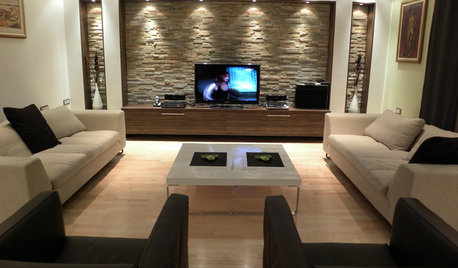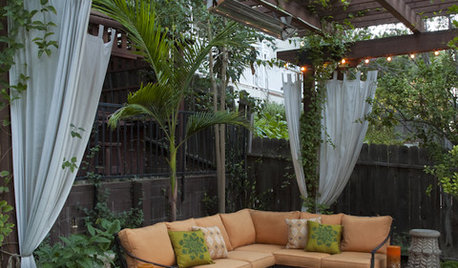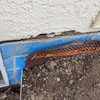heating / cooling basement
andrelaplume2
15 years ago
Related Stories

FLOORSIs Radiant Heating or Cooling Right for You?
Questions to ask before you go for one of these temperature systems in your floors or walls (yes, walls)
Full Story
MORE ROOMSBeat the Heat: Escape to the Basement
When It's Too Hot or Rainy, Bring the Party Downstairs
Full Story
GREAT HOME PROJECTSHow to Add a Radiant Heat System
Enjoy comfy, consistent temperatures and maybe even energy savings with hydronic heating and cooling
Full Story
GREEN BUILDINGInsulation Basics: Heat, R-Value and the Building Envelope
Learn how heat moves through a home and the materials that can stop it, to make sure your insulation is as effective as you think
Full Story
GARDENING AND LANDSCAPINGChill Out: 10 Cool Ways to Beat the Heat Outdoors
Step away from the A/C's artificial blast — and treat yourself to these more natural cool-down methods in the great outdoors
Full Story
HOUZZ TOURSHouzz Tour: Innovative Home, Heated and Cooled by Design
Meet the Hudson Passive Project, one of the most energy-efficient home designs in the world
Full Story
FLOORSWhat to Ask When Considering Heated Floors
These questions can help you decide if radiant floor heating is right for you — and what your options are
Full Story
BATHROOM DESIGNWarm Up Your Bathroom With Heated Floors
If your bathroom floor is leaving you cold, try warming up to an electric heating system
Full Story
FLOORSFloors Warm Up to Radiant Heat
Toasty toes and money saved are just two benefits of radiant heat under your concrete, wood or tile floors
Full Story
GREEN BUILDINGHouzz Tour: Passive House in Vermont Slashes Heating Bills
Its ecofriendly, low-maintenance design leaves a family with more time to relax and enjoy the weekend home
Full StoryMore Discussions








fnmroberts
andrelaplume2Original Author
Related Professionals
Clive General Contractors · Country Club Hills General Contractors · Dover General Contractors · Makakilo General Contractors · Pasadena General Contractors · Tuckahoe General Contractors · Wolf Trap General Contractors · Rockland Interior Designers & Decorators · Beverly Flooring Contractors · Hammond Flooring Contractors · Owings Mills Flooring Contractors · South Lake Tahoe Flooring Contractors · Washougal Flooring Contractors · Wheat Ridge Flooring Contractors · Wyoming Flooring Contractorsjasper60103
fnmroberts
brent909
andrelaplume2Original Author
beer_geek
andrelaplume2Original Author
chris8796
andrelaplume2Original Author
guinnesses
andrelaplume2Original Author
sheabertram_comcast_net
countryboymo